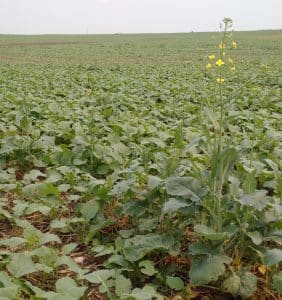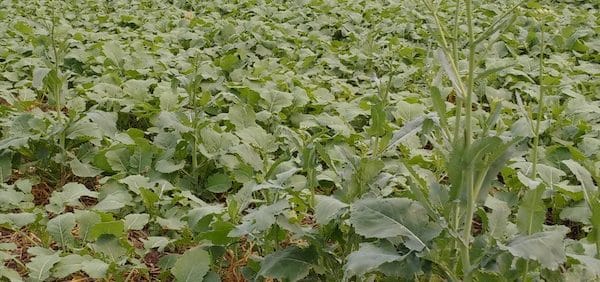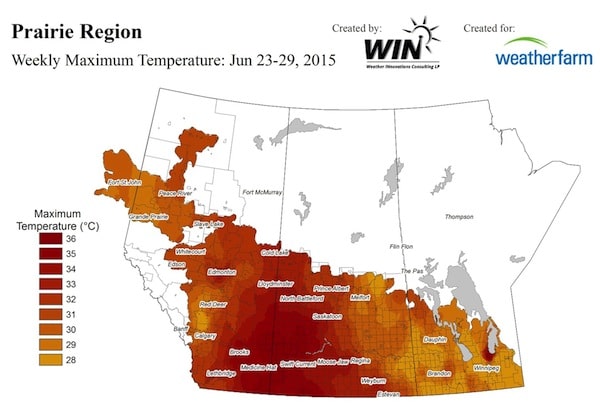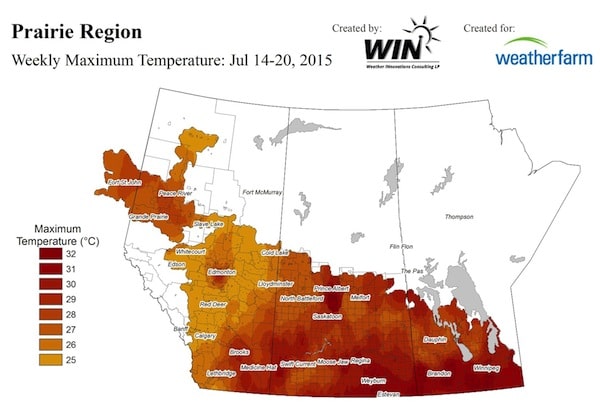
Early seeded crops reduce risk by flowering before the summer heat and by maturing before the fall frost. Various studies and crop insurance data show that canola seeded in early May tends to yield more than canola seeded in late May. Agronomy decisions are based on these trend results.
But with the unpredictability of crop production, situations often come along that buck the trend. This year may be one of those years when late seeded/reseeded canola crops work out better, in general, than the early-seeded crops. (We write “in general” because there are reseeded crops seeded into dry conditions that don’t look great, and some early seeded crops look excellent.)
Why are reseeded crops looking better?
Early moisture. Many early-seeded crops were stranded in a dry layer and didn’t get the after-seeding rain they needed. Reseeded canola often went into moist and warm soil, so got a much better start. Emergence rates were much higher and more even.
Later seeded crops may have been seeded a little deeper (up to 1”) into moisture, knowing that warm soils would help with pop up.
Frost avoidance. Early seeded canola fields were touched by a few frosts, some severe. Reseeded crops (often reseeded because of frost) avoided these.
Flea beetles. With faster emergence, the later crops outgrew the flea beetle threat faster and did not experience the loss of seed treatment protection that will happen with delayed emergence and slow early growth.
In parts of Manitoba in particular, some of the earlier crops were set back by crusting. This was not an issue later in the seeding season.
Heat started early. Early seeded crops did not avoid heat at flowering. The last week of June was hot, especially in Alberta and Saskatchewan. This past week when a lot of the later seeded crops were entering full flower was actually cooler than when the early seeded crops were at full flower. See the Weatherfarm maps below.
Mid-season rains. The rains of the past couple weeks will increase yield potential more for later crops than for early crops. For earliest crops already out of flowering, these latest rains will help with seed size but the yield potential is set. Later crops will continue flower and setting pods with the improved moisture situation.
The big BUT. Harvest is not here yet and late crops still face the second big risk with later seeding — the first big season-ended green-locking maturity-stopping fall frost.



